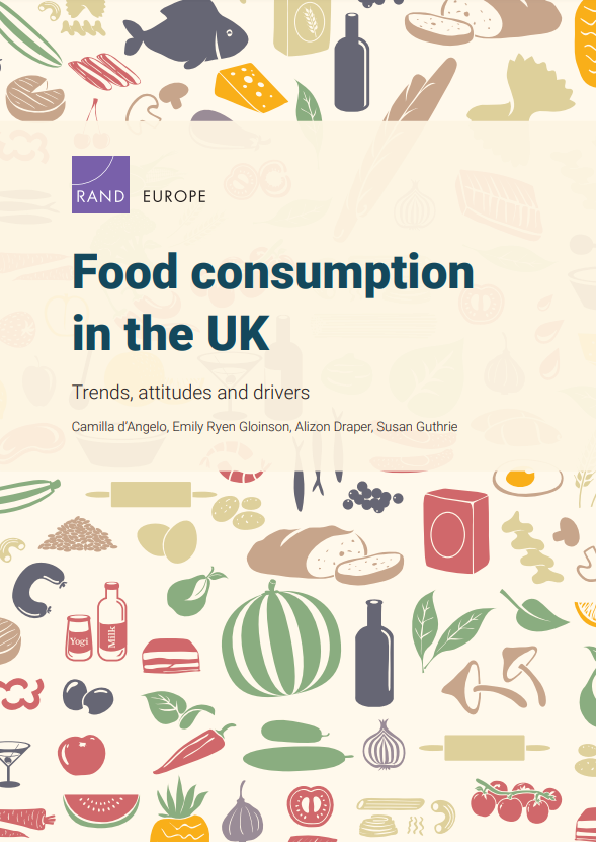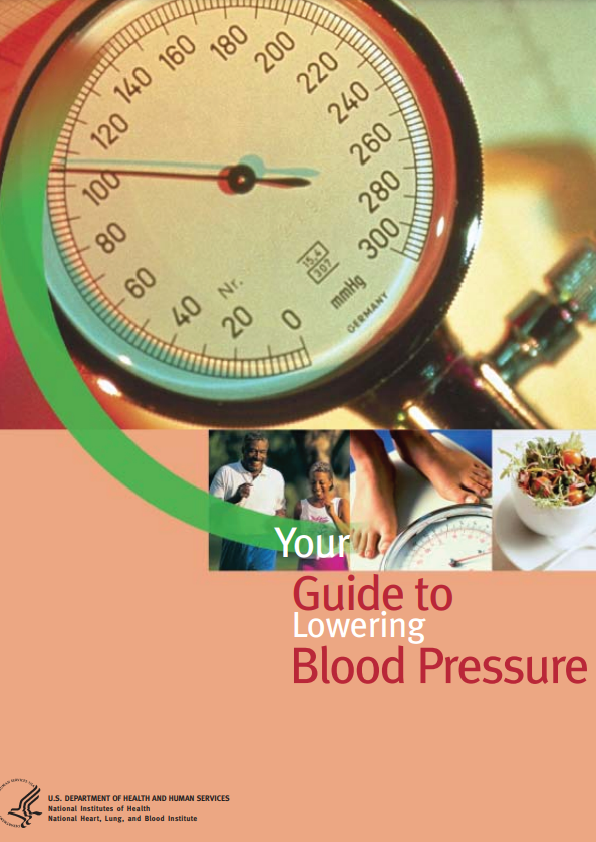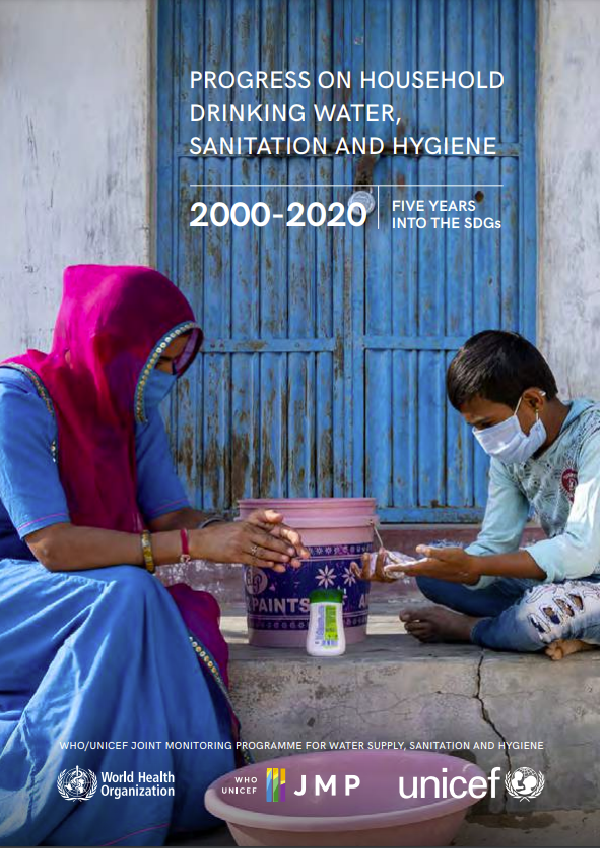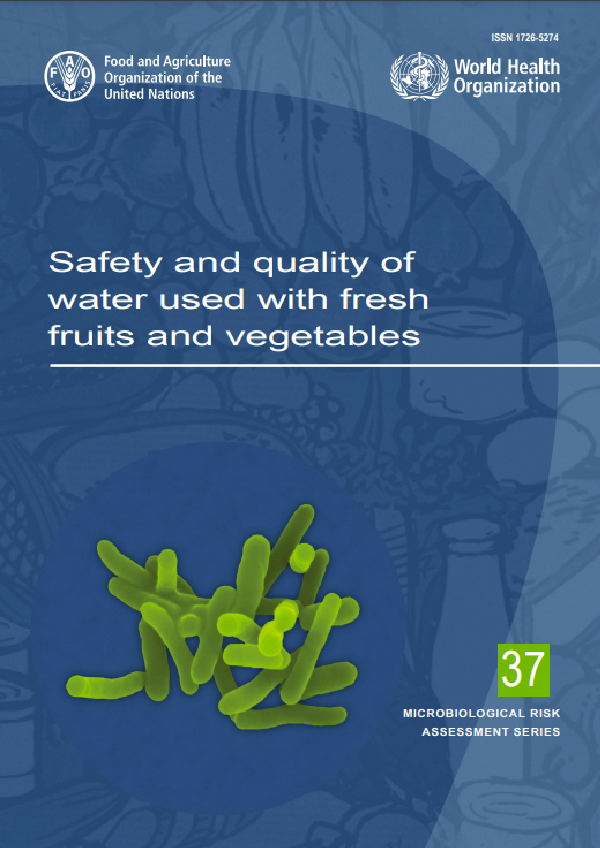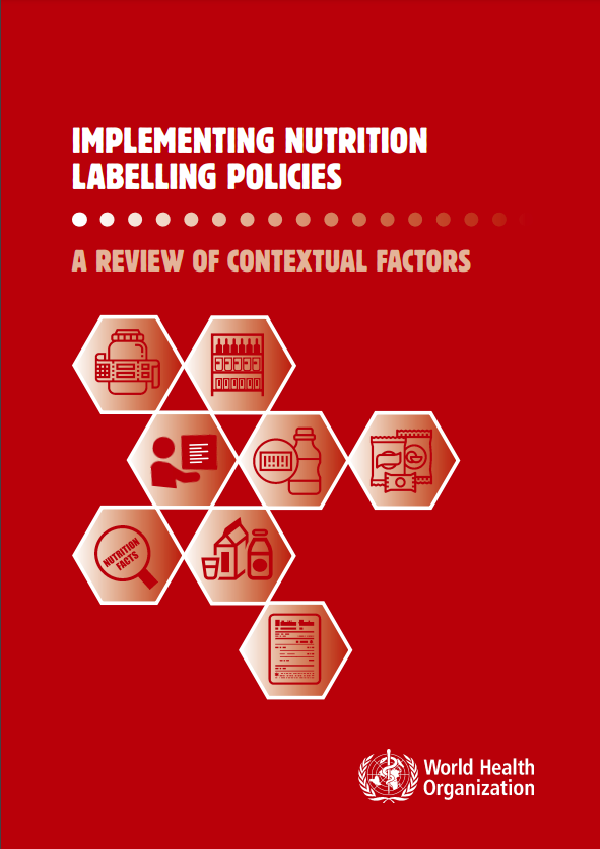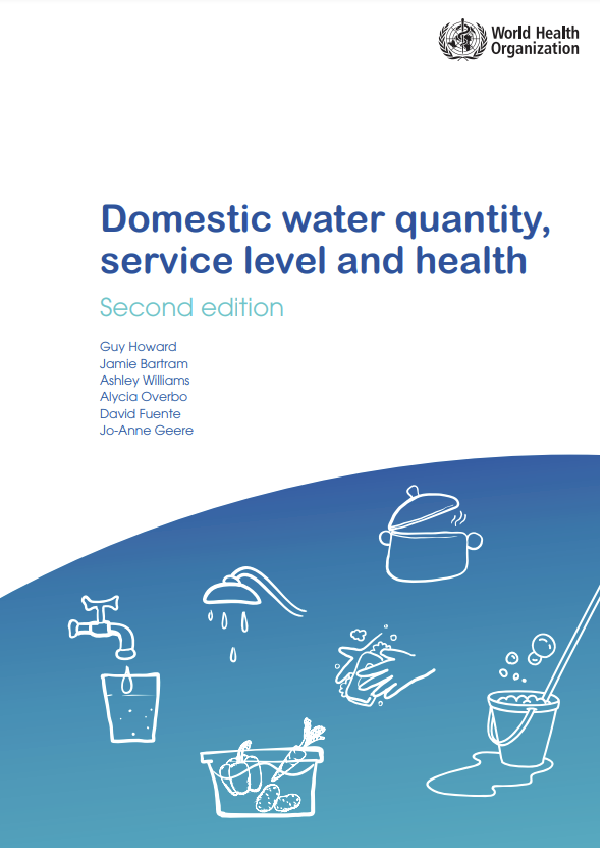Introduction and objectives of the study
What we eat has big implications for our health, our society and the environment. Understanding these trends, what drives them and how we can change consumption practices through interventions is crucial to inform policy. The aim of this study is to provide an overview of the existing evidence in four main areas:
- The trends related to consumer food practices and attitudes, and to the changing food environment (e.g. out-of-home sector, online retail models) in the UK.
- The drivers of consumption (e.g. the role of information or food system actors).
- Interventions that can influence food consumption practices.
- The differences between groups, or ‘food publics’, across the trends, drivers and interventions (i.e. segmentation). This report provides evidence around these questions and identifies areas of uncertainty where more evidence is required and, based on this, suggests a number of priority areas for action and further research.
The study approach consisted of a rapid evidence assessment (REA). REAs are similar to systematic reviews, in taking a robust and replicable approach to searching and reviewing the literature. However, the scope and coverage of literature is restricted using a range of criteria that can be adjusted in response to the volume of literature identified, enabling them to be conducted within a more limited timeframe. The focus of this study was on identification of existing evidence and evidence gaps within high-quality, primarily academic literature from the last ten years. The methods and approach for this study are summarised in detail in Annex A.
Consumption trends – which foods are people consuming, where and how?
What people consume still falls short of dietary guidelines. While diets are slowly changing, people are generally not meeting the standards recommended for a healthy diet in the UK or internationally (Figure 1). The UK population continues to consume too much saturated fat and not enough fruit, vegetables and fibre.
There are socio-demographic differences in the consumption of a healthy diet. Low socio-economic status (in terms of education level, work status and income) is the single most consistent risk factor for an unhealthy diet. There are also various other factors that influence consumption, such as age and gender; however, the evidence for these is less strong or mixed, and studies are not always adequately controlled. Despite these sociodemographic differences, diets remain on average unhealthy across all groups.
The channels through which consumers purchase food are diversifying. The physical food environment is becoming increasingly diverse and fragmented, particularly in terms of the channels through which individuals purchase food. Individuals are increasingly shopping for food online and using food delivery services (e.g. vegetable boxes, Hello Fresh and Amazon Fresh). Although total use of online channels currently remains low, this is a trend that is predicted to increase.
The out-of-home food environment is increasingly common. There has been an increase in the consumption of food outside the home. The importance of the out-of-home environment is facilitated by digital technology and the expansion of online food delivery platforms, particularly new players such as Deliveroo and Uber Eats. This trend, which is predicted to increase, has negative implications for the consumption of a healthy diet since food outside the home tends to be less healthy.
Some individuals care about the origin, sustainability and ethical production standards of their food. Some individuals are increasingly socially conscious, particularly in terms of the ethical, environmental and social impacts of their food choices. There has been an increase in the sales of ethical and sustainable produce, such as Fairtrade and RSPCA Assured products. However, total sales are low, representing only 11 per cent of all household food purchases. Some consumers also increasingly care about the provenance of their food and production methods, but this mainly relates to certain food groups (e.g. meat) and the evidence is unclear. However, it is likely that most consumers are unaware of the social and environmental consequences of their consumption and how this impacts on wider issues. Moreover, a common challenge when conducting research on food preferences and drivers of food practices is the ‘value-action gap’, whereby individuals do not necessarily act in line with their stated beliefs. Box 1 provides a summary of the trends in food consumption and attitudes reviewed in the literature.
You can read through this book from the above for more information.
